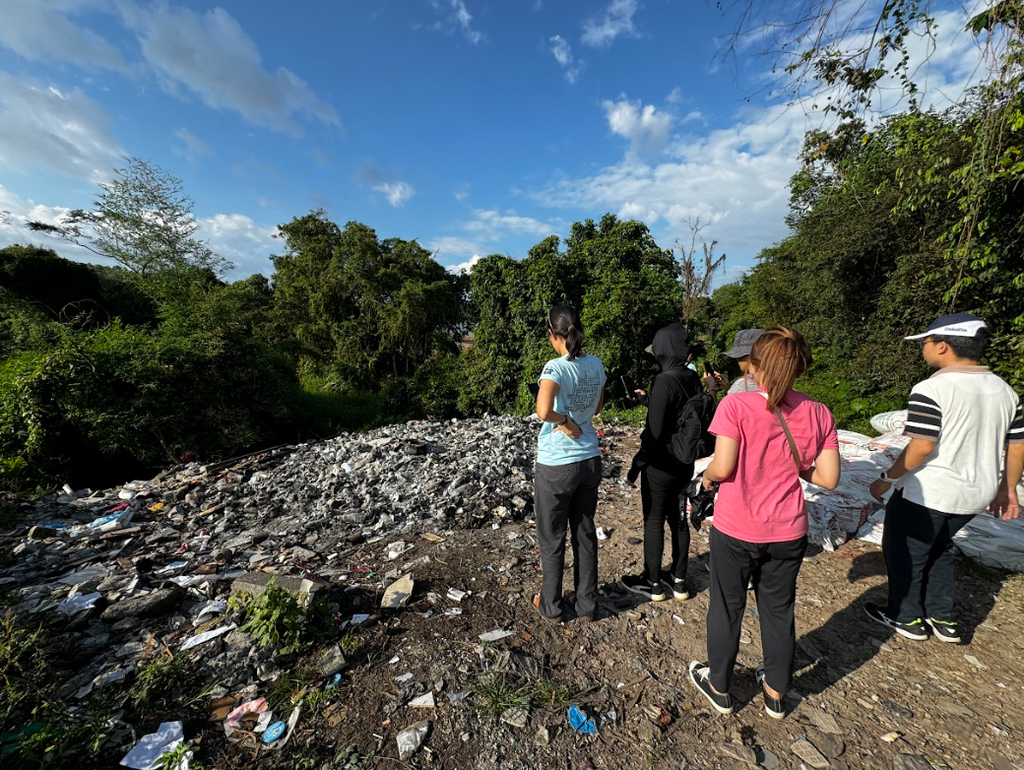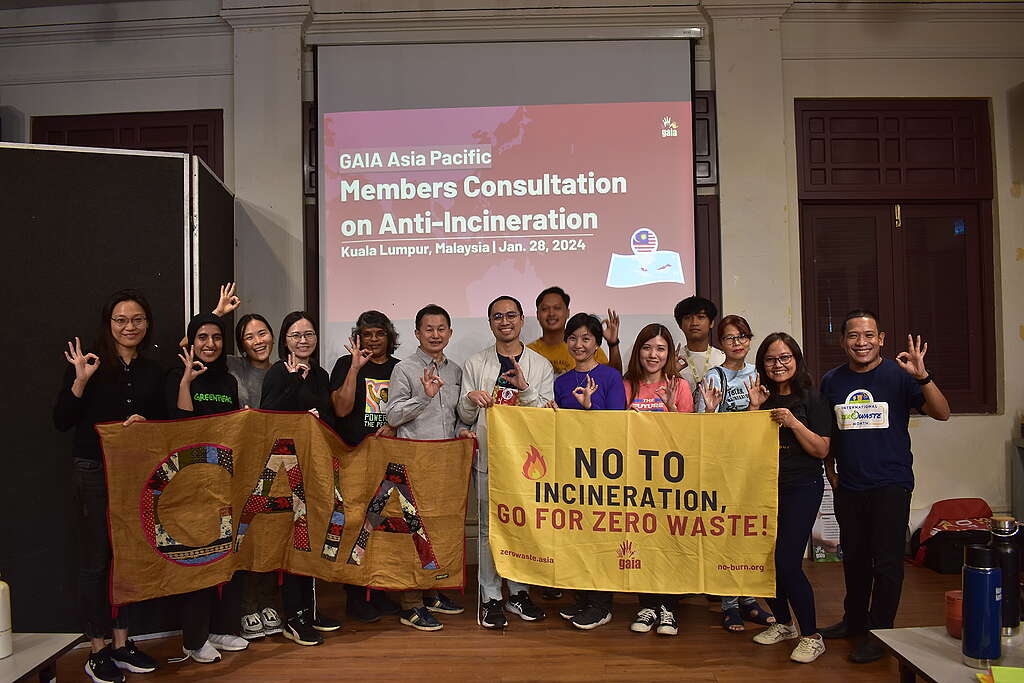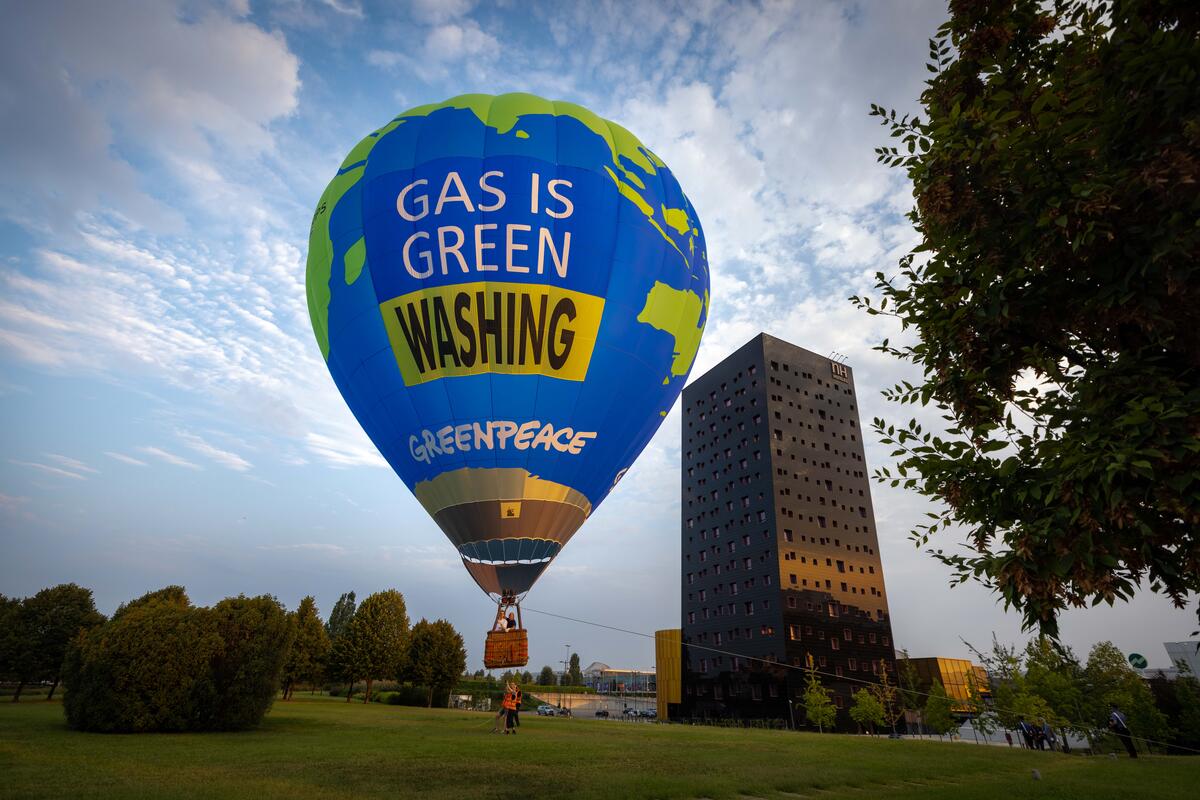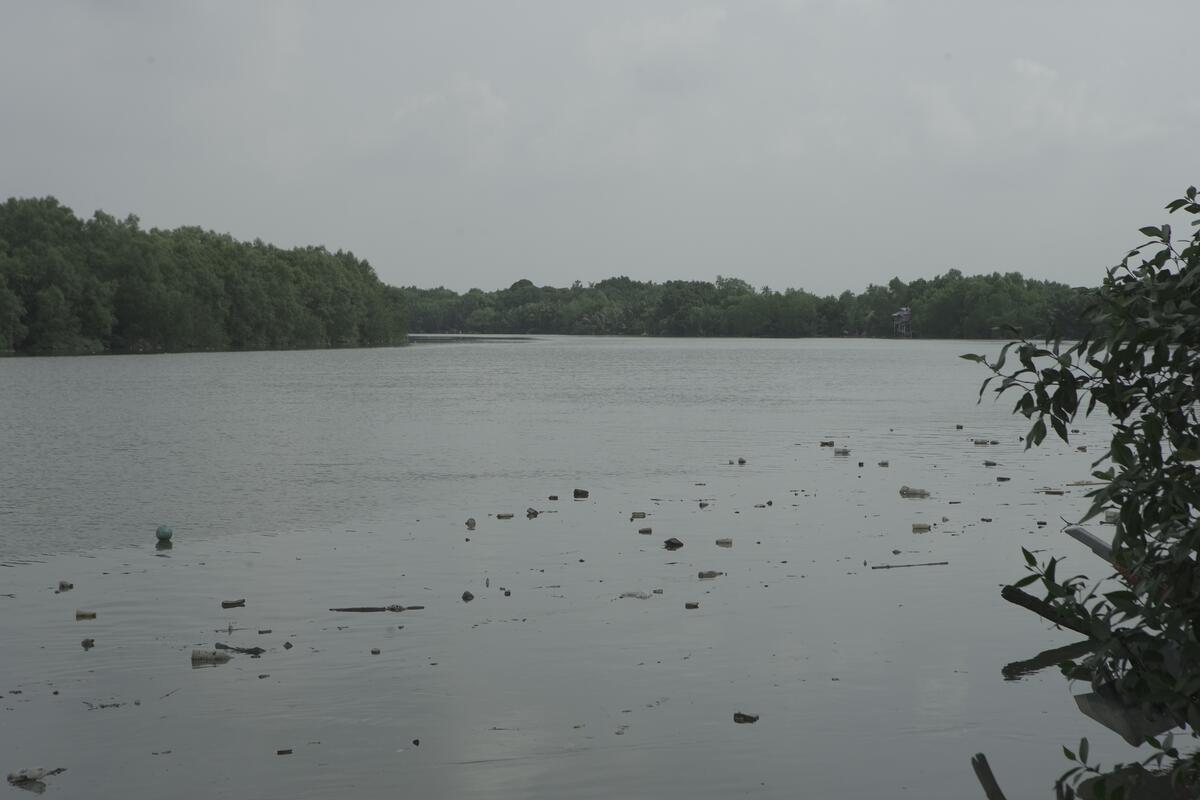Despite facing protests from concerned citizens, the Malaysian government is determined to build mega Waste-to-Energy (WtE) facilities as a “solution” to our domestic waste management. When it comes to solving the country’s waste management, Greenpeace Malaysia advocates for a holistic approach based on sustainability for the benefit of people and the planet.
We have serious transparency and governance issues in the face of mounting waste problems. According to MIDA, there are 137 landfills in operation across Malaysia, only 21 sanitary landfills. Additionally, there are numerous illegal dumpsites for domestic waste and scheduled waste (hazardous waste such as e-waste and chemical waste). These issues have been worsened by imported waste in recent years. However, the latest data on state dumpsites and sanitary landfills is not even accessible online.

In the recent protest against WtE by local communities of Batu Arang, Rawang, it was reported that residents were not properly consulted in the planning phase of the WtE. Similarly, residents of Broga and Kepong also reported that no proper local consultations were conducted.
Malaysians have simply been told we need WtE / incinerators and seven incinerators are in the plans despite very little public information available. Any concerned citizens should actively ask the government to disclose the information for the following top 10 crucial questions:
- What is the status of our landfills and how long is their lifespan left?
- How were the locations of the 7 WtE projects identified? Will more be needed if waste continues to increase?
- How much waste is generated in every district? What is the waste projection for the next 10-30 years?
- How will the government tackle the actual problem of excessive waste generation at its root cause?
- Are WtE planned to solve existing or future waste?
- Is there a plan to ensure that reusable and recyclable materials are fully utilised before sending them for WtE?
- What is the worst-case scenario of not building WtE vs rehabilitating existing landfills? What is the cost difference?
- How is the government addressing imported waste?
- How much land will be acquired for waste facilities in the next 10 years?
- What are the commitments of the government to solve plastic pollution amidst a raging climate emergency?
If the government is unable to answer all these questions, then the proposals of WtE are not justifiable and deemed unlawful.
The government recently launched the National Circular Economy Council (NCEC) and a new Blueprint for Solid Waste to manage solid waste. It was reported that NCEC is expected to champion the country’s circular economy agenda and focus on providing appropriate infrastructure facilities and incentives for a circular economy; developing an integrated data system; and creating a public, private and community collaboration platform. The blueprint will be championing the principles of circular economy to curtail carbon emissions and enhance sustainability.

Putting costly Waste-to-Energy does not help to promote a circular economy. WtEs perpetuate the linear “take-make-waste” economy which destroys valuable resources and perpetuates waste generation. It needs more energy to operate and contributes to more pollution especially when our archaic environmental laws come along with air quality standards and monitoring systems that are not legally binding, time-bound, and enforceable. It delays a necessary transition to a circular economy and moves away from climate action.
Greenpeace calls on the Malaysian government to fix the underlying problem primarily caused by single-use or throw-away culture by adopting the Zero-Waste hierarchy that focuses on the 4 Rs: Redesign, Reduce, Reuse, and Refill.




